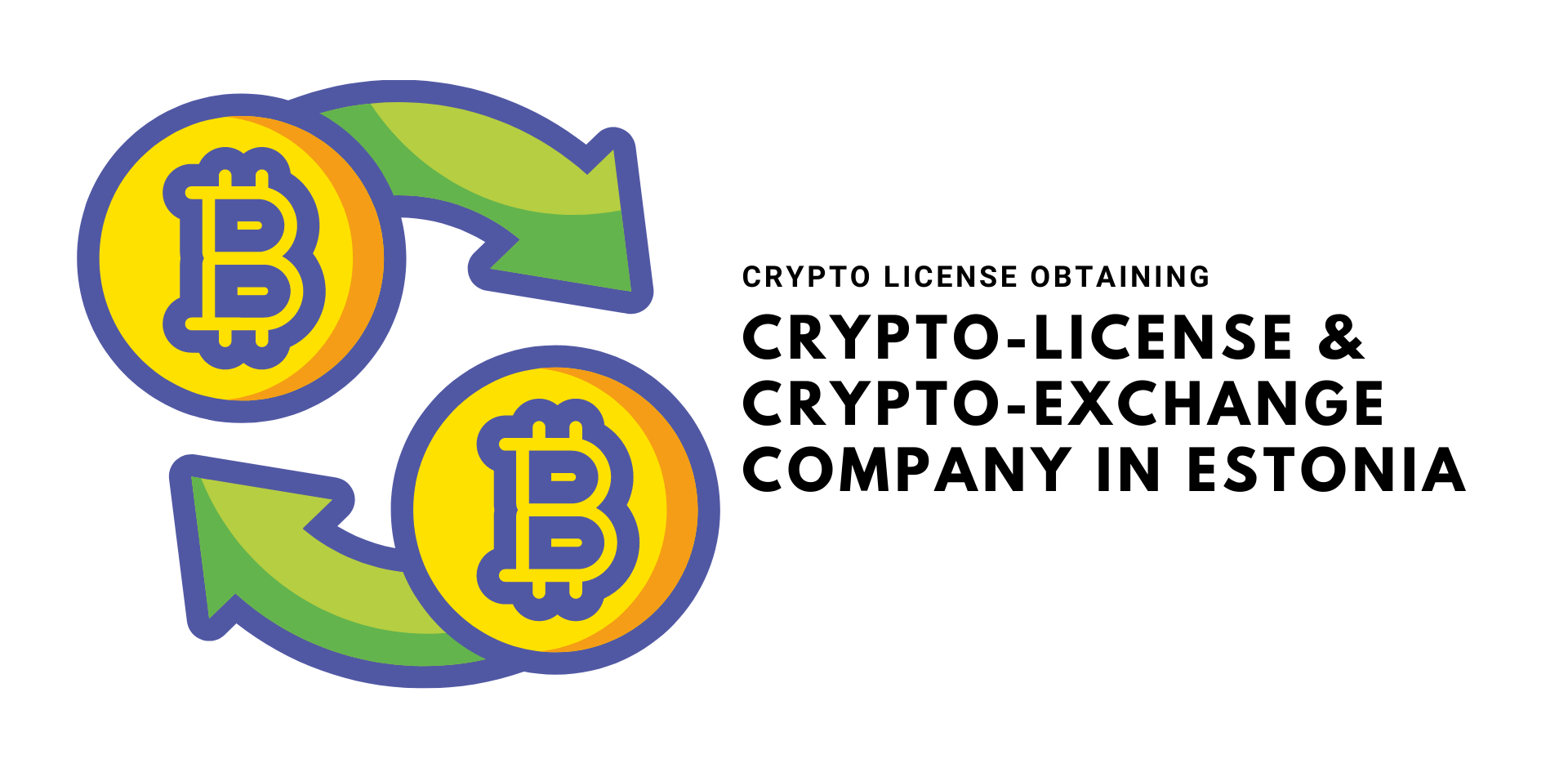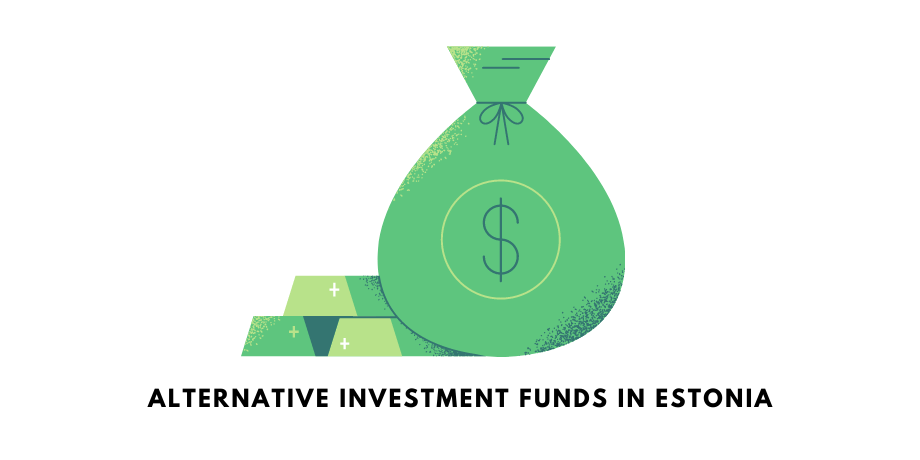A Framework for Crypto-Assets in EU Financial Regulation
Identification of gaps in the existing EU regulatory and legal framework. A framework for crypto-assets in financial regulation of the European Union (EU).

At the Member State level, authorities have generally already taken various measures to address the problems associated with the development of crypto-assets. In some cases, differences in regulation between jurisdictions reflect local market developments and the underlying legal and regulatory frameworks for the respective financial systems. In addition, gaps may arise where some assets do not fall within the remit of market regulators and payment systems supervisors. To some extent, this may be due to the hybrid nature of some crypto-assets. Gaps may also arise from the absence of standards or recommendations. Assessing the significance of these potential gaps will remain a challenge given the rapidly evolving crypto-asset ecosystem.
A Framework for Crypto Assets
As a result of the lack of taxonomy and new and rapidly evolving technologies in the financial sector, there is no legal certainty in the treatment of crypto-assets in EU financial regulation, nor is it clear whether and how the existing EU regulatory framework for financial services applies to some crypto-assets. To respond to this challenge, and building on the advice provided by the European supervisory authorities (ESAs) on crypto-assets, three regulatory situations and therefore three possible levels of response can be distinguished.

First
For crypto-assets that fall within the scope of existing EU financial services legislation, in particular those that could be considered financial instruments under Markets in Financial Instruments Directive (MiFID II) and those that qualify as e-money under Electronic Money Directive (EMD2), the aim is to ensure that the rules are fit for purpose and can be applied effectively.
As highlighted in the Commission's first impact assessment, the challenge with crypto-assets is that the interpretation and application of existing requirements in existing legislation may vary across Member States. This may lead to fragmentation of the treatment of crypto-assets, a reduction in the volume of transactions and additional transaction costs for investors. The lack of common technological standards for Distributed ledger technology (DLT) could also further complicate the applicability of the legislation.

Second
For crypto assets that fall outside the scope of existing EU financial services legislation (e.g. some utility tokens and some payment tokens), it will be determined whether an EU regulatory approach is needed. The lack of common rules poses a high level of risk to investors while significantly limiting the potential for the development of new categories of assets in which EU consumers and businesses can invest. The potential information asymmetry created by the lack of clarity and complexity of the technology could also increase the risk of fraud, reducing confidence and investment. This in turn leads to low liquidity, further exacerbating price volatility and potential control of the market by some players. If a common framework is not put in place, there is also a risk that Member States will legislate at different speeds and in different ways, further complicating the regulatory environment.

Third
While some stablecoins could theoretically qualify as electronic money and fall under the Alternative Investment Funds Directive (AIFMD), the reality seems to be that the vast majority would fall outside existing EU legislation in the first place.
The issue here is to determine whether an EU regulatory approach is required. This is particularly important as some Member States are considering bespoke regulation. This is likely to lead to significant regulatory fragmentation, which may distort competition in the internal market and lead to regulatory arbitrage.
As highlighted in a G7 report on stablecoins, while the market for stablecoins remains modest in size and does not currently pose a threat to financial stability, this type of stabilised crypto-asset would likely pose additional challenges in terms of financial stability, monetary policy transmission and monetary sovereignty if it reaches a global scale. Given their ability to be an alternative to fiat currencies and their acceptance in the market, it therefore seems imperative to anticipate and prevent imminent challenges in this area.





